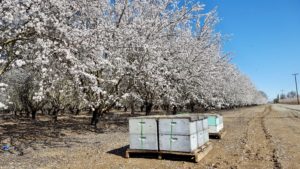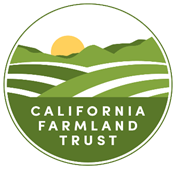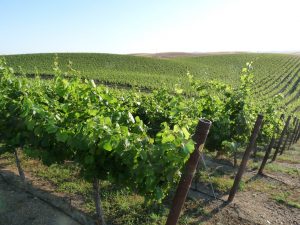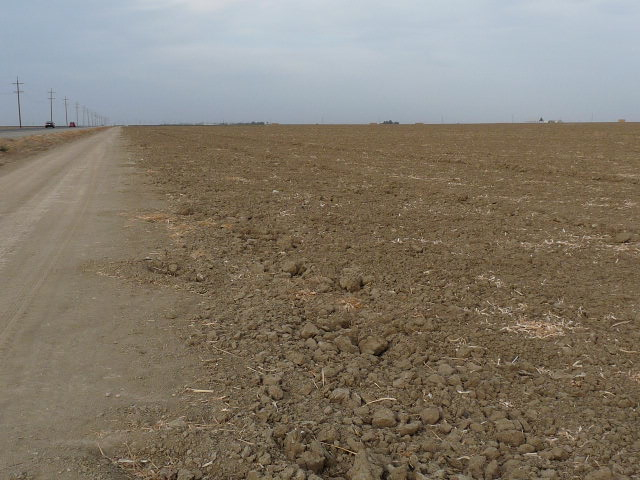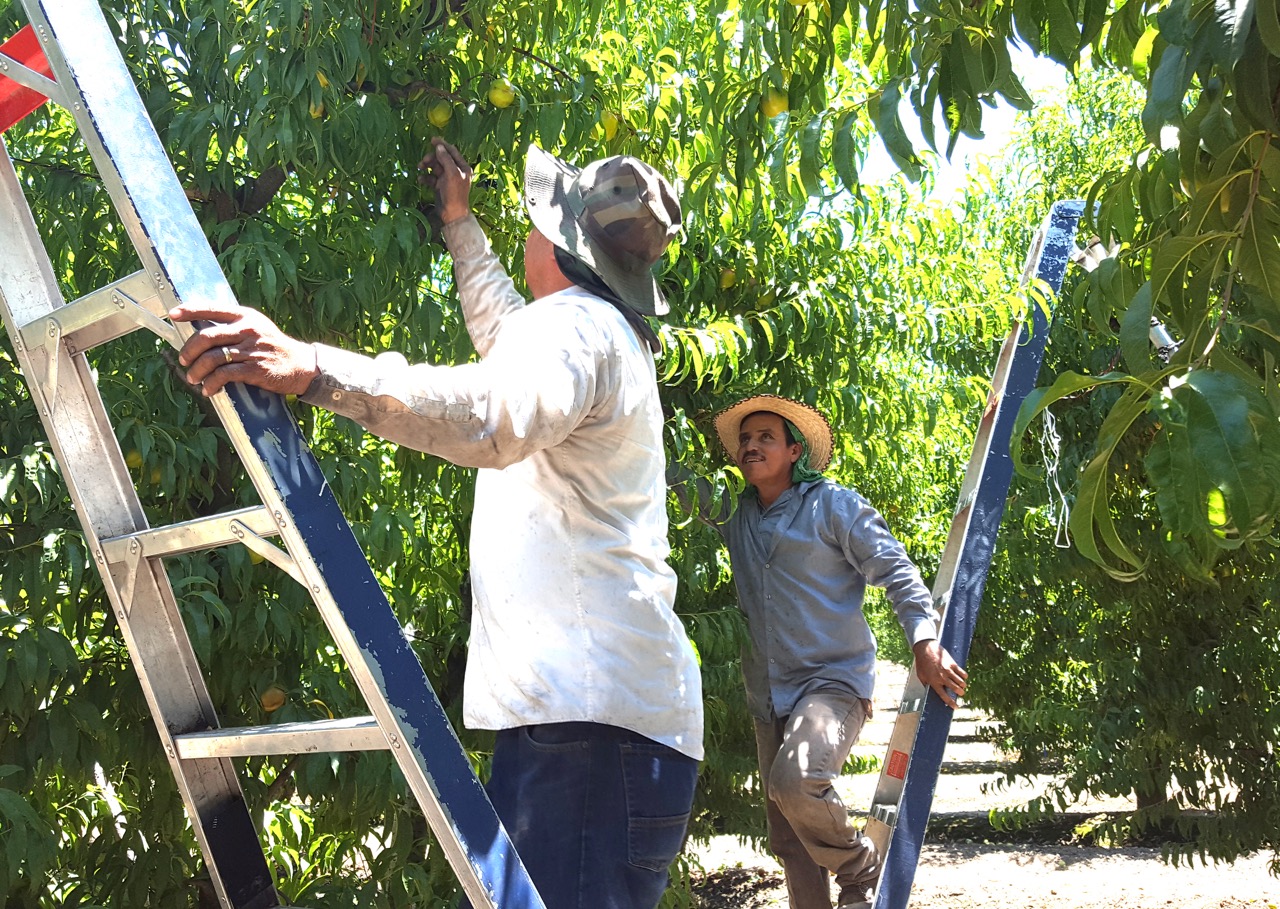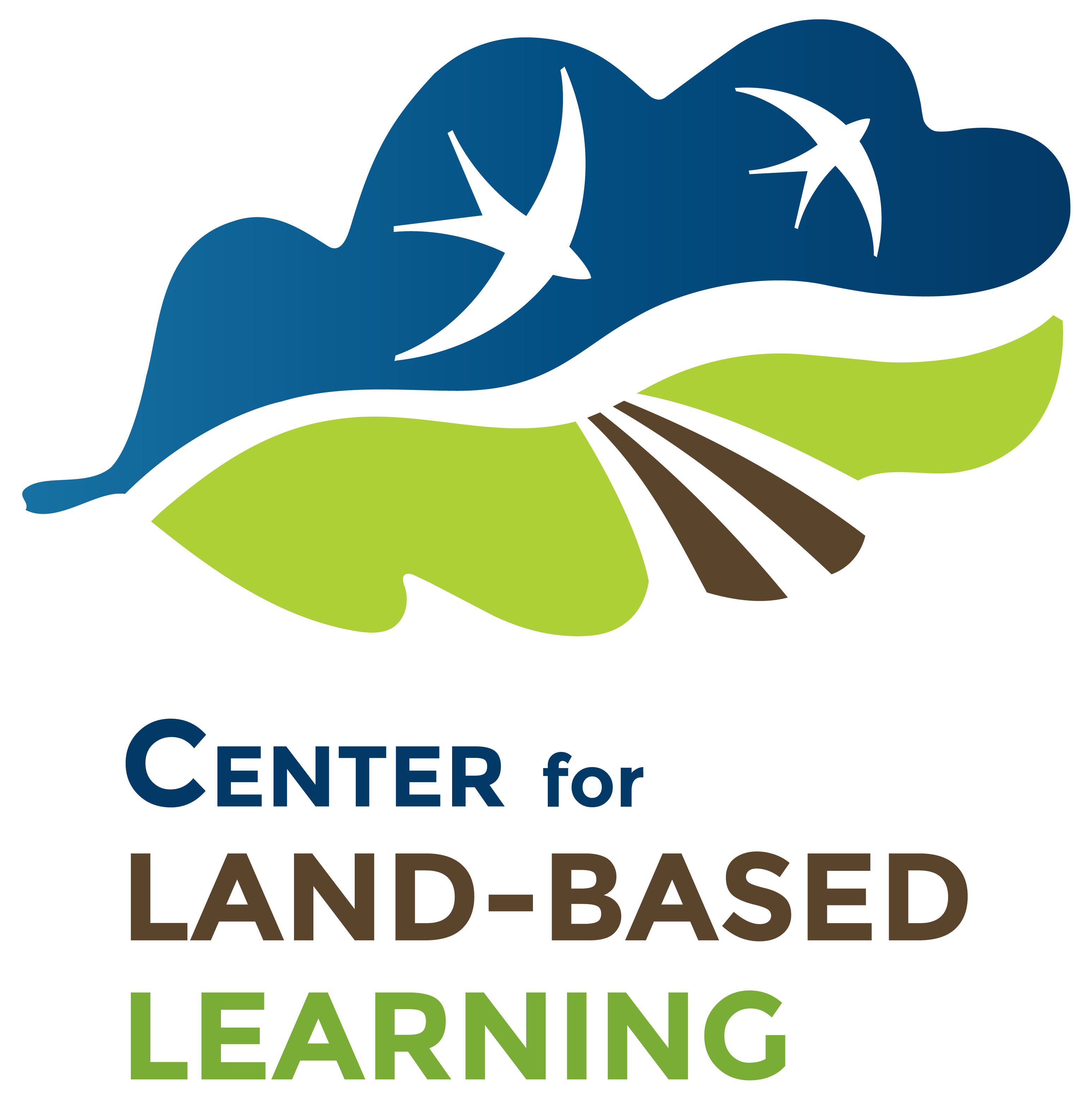Ag Burning Alternatives
Agricultural Organizations Demonstrate Alternatives to Agricultural Burning
On June 29, Nisei Farmers League, along with other agricultural organizations, held an in-person demonstration pilot project at a vineyard in Madera County to display alternatives to agricultural burning. The project is looking for cost-effective solutions to orchard and vineyard removals due to most agricultural burning being phased out by December 31, 2024, as passed earlier this year by the California Air Resources Board (CARB).
Participating in the event were Jared Blumenfeld, Secretary of Cal-EPA; Carlos Suarez, State Conservationist for USDA-NRCS; Richard Corey, Executive Officer for California Air Resources Board; Samir Sheikh, Executive Director and Air Pollution Control Officer for the San Joaquin Air Pollution Control District (SJVAPCD); Dr. Tania Pacheco-Werner, CARB and SJVAPCD board member; Fresno County Supervisor Buddy Mendes, as well as SJVAPCD board member; Madera County Supervisor Tom Wheeler, as well as SJVAPCD board member; and City of Los Banos Mayor Pro Tem Deborah Lewis, as well as SJVAPCD board member.
Equipment demonstrated included:
- An air curtain burner built by AirBurners. This machine utilizes a constant stream of air on the top of the wood waste to push emissions/smoke back into the fire to reburn, which significantly reduces particulate matter.
- A horizontal grinder, provided by Bandit Industries, that chips wood debris and can remove metal, including wire, from the material.
- A vineyard mulcher, built by Seppi, which drives over the top of the vine and mulches it back into the soil.
- A mobile grinder that would grind trees, brush and vines (material that does not include metal.)
Other equipment used in the demonstration process included excavators, tree grapple machines, and log and brush loading equipment.
With some agricultural entities losing the ability to burn by December 31 of this year, finding economical alternatives quickly has become a top priority. Agricultural organizations are working with the SJVAPCD and CARB to locate and distribute funds for these alternative methods. All the demonstrated alternatives are many times more expensive than open burning because of the additional labor and equipment needed.
Agricultural groups sponsoring the event included: Fresno County Farm Bureau; Allied Grape Growers; California Fresh Fruit Association; California Cotton Ginners and Growers; Western Agricultural Processors Association; and
Nisei Farmers League. Other participating agricultural groups included: Sun-Maid Growers of California, Madera County Farm Bureau, Tulare County Farm Bureau, Raisin Bargaining Association and Milk Producers Council.
Equipment being demonstrated was provided by Shawn Sage, Cal-Line Equipment and Bandit Enterprises; Ed Martinez, Mowbray’s Tree Service; John Yergat, JFS Enterprises; and Jordan Harris, Seppi Subsoiler. Special thanks to these companies and their employees.
Local chippers and grinders participating included: Bill Boos of William Boos and Company; Lionudakis Orchard Removal; and Myron and Ryan Liebelt.
Special thanks go to Samir Sheikh and his staff at the SJVAPCD for helping with the demonstration, the documentation and acquiring the funding needed to make the alternatives available to growers in the San Joaquin Valley.
Lastly, a special thanks to Daniel Hartwig and Woolf Farms for providing the vineyard site.
Nisei Farmers League will continue seeking viable alternative to agricultural burning over the coming months.



